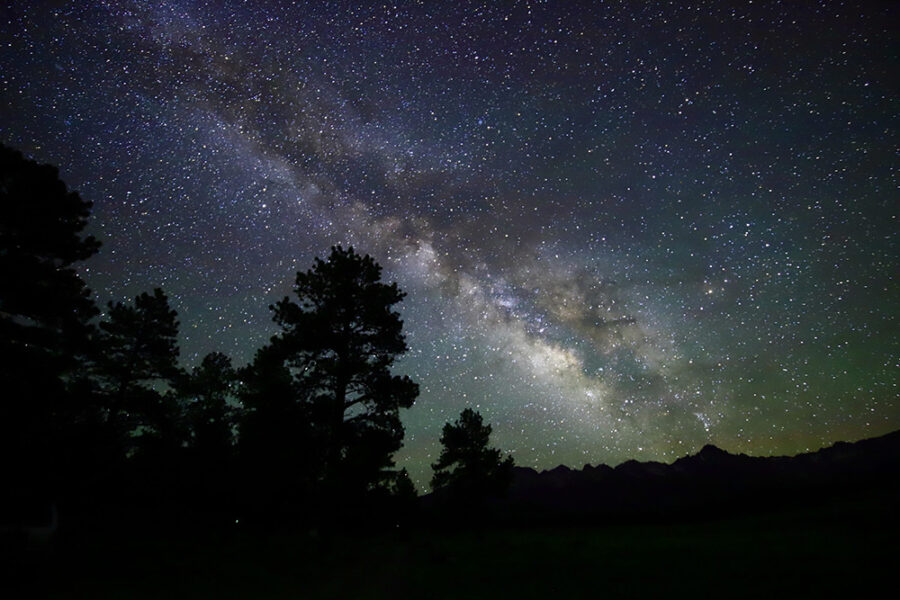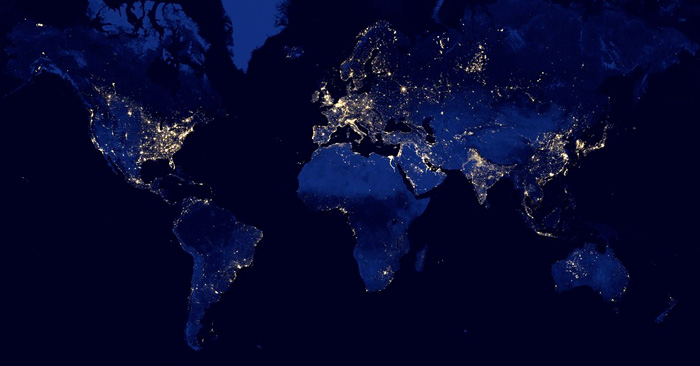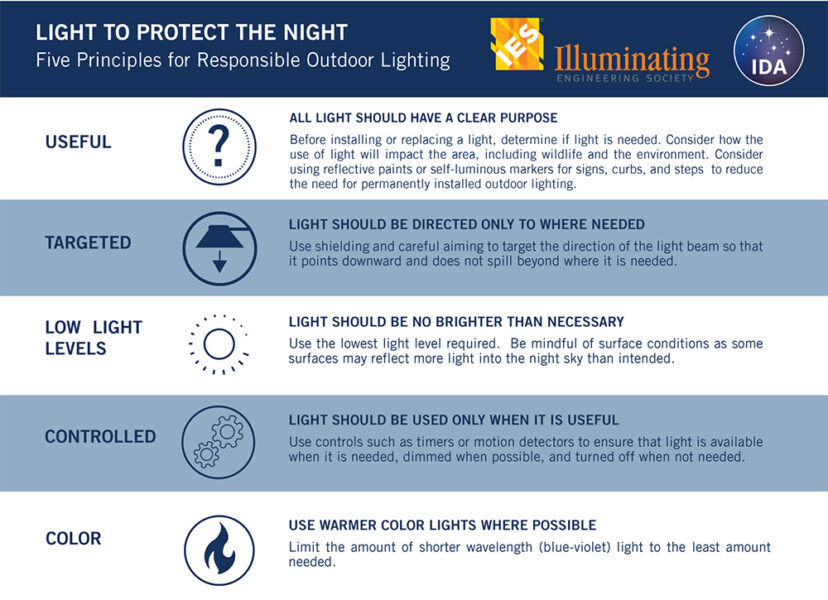What we know about Light Pollution – and What We Don’t – Sky & Telescope

Val Szwarc
Those aged 30 and younger may never have experienced a truly dark night sky. And if no action is taken, they never will.
Every year, the remaining dark patches on this planet shrink as both the amount of artificial light used and the area it covers grow by about 2% per year. And satellite “megaconstellations” add to terrestrial light pollution in even the darkest skies.
The changes go largely unnoticed because it’s difficult to perceive what we’re losing so gradually yet persistently. What’s more, humans tend to like artificial light: Light is good, so more light is better, isn’t it?
But thanks to an increasing scientific interest in the topic, we now know that artificial light at night (ALAN) has detrimental effects that range far beyond astronomy: on human health, wildlife reproduction and ecology, public safety, and energy consumption.
The average number of studies on light pollution and its detrimental effects has increased by more than 1,000% since the year 2000, and dark-sky advocates struggle to keep up. So the the International Dark-Sky Association (IDA) has published a comprehensive report summarizing what we know, called “Artificial Light at Night: State of the Science 2022.”
“Our goal was to provide dark-sky advocates with a reliable summary of science results in accessible language that will help them explain the issues to others,” explains coauthor John Barentine (Dark Sky Consulting). The 18-page report is an outgrow of IDA’s “Artificial Light at Night Research Literature Database,” which lists over 3,500 scientific papers; the report referenced 321 of these.
LED Lights

NASA
Those new to the dark-sky activism will encounter some unsettling insights, including the misuse of LEDs. Advertised as “eco-friendly” because of their lower energy consumption compared to other light sources, LEDs are replacing older technologies world wide — and they are one of the key culprits for recent increases in global light pollution. As light becomes cheaper, people use it more lavishly, a well-known rebound effect. In addition, LEDs typically emit lots of bluer light, which, as many of the cited papers attest, is especially harmful to wildlife, human health, and astronomy.
“Blue is the wavelength which most strongly interacts with the circadian rhythm in humans and many other species,” says Etta Dannemann, author of Light Pollution – A Global Discussion. “As energy efficient as LEDs might be – this is the reason why they are more disruptive to nature. It’s a problem that many who plan and install lighting are unaware of.”
Safety vs. Health
Lights are widely employed to prevent crime and improve road safety — even though studies have shown mixed results as to whether they actually do so. The report concludes that decision makers often substitute their intuition in cases where scientific guidance is lacking.
The effect of the over-lighting that results is clear: Mounting evidence shows that light pollution contributes to the mass extinction of pollinators and other nocturnal insects. Besides ecological effects and cost increases, the resulting over-lighting can itself create a safety hazard, such as when it is poorly designed or causes glare.
Artificial light at night can also wreak havoc on human hormonal systems, playing a role in certain cancers, cardiovascular diseases, and even the emergence of new diseases. However, other stressors and pollutants also contribute, and scientists still debate the influence of outdoor vs. indoor light at night.

International Dark-Sky Association
Satellites at Night
In addition to summarizing studies to date, the report also lists knowledge gaps and open questions. For example, what will happen as humans continue to launch increasing numbers of satellites? Thousands of satellites in low-Earth orbit will not only streak through twilight skies, but their cumulative effect will also brighten the night sky itself.
Researchers, among them Barentine, calculate that satellites and debris have already increased sky glow by about 10%. “That’s less than the typical airglow intensity, and measurable only above the airglow layer,” he says. But if companies build-out all the currently planned satellite constellations and generate the expected space debris, then by 2030 space-generated light pollution may begin to compete with terrestrial light pollution. This is particularly bad news for rural areas that are otherwise still dark.
“I personally don’t expect that to happen, but it’s possible,” Barentine says. “The most important aspect is limiting the amount of debris in order to prevent that outcome.”
For anything to change, we first need to know about it. As such, the IDA plans to maintain the report as a “living document,” with updates to account for future developments. Anyone can freely use the text as talking points in letters and presentations or use it as a “leave behind” item when speaking with decision-makers. While science provides data, it’s up to activists to use them and save us from a night too bright for stars.

Advertisement
Read More: What we know about Light Pollution – and What We Don’t - Sky & Telescope

